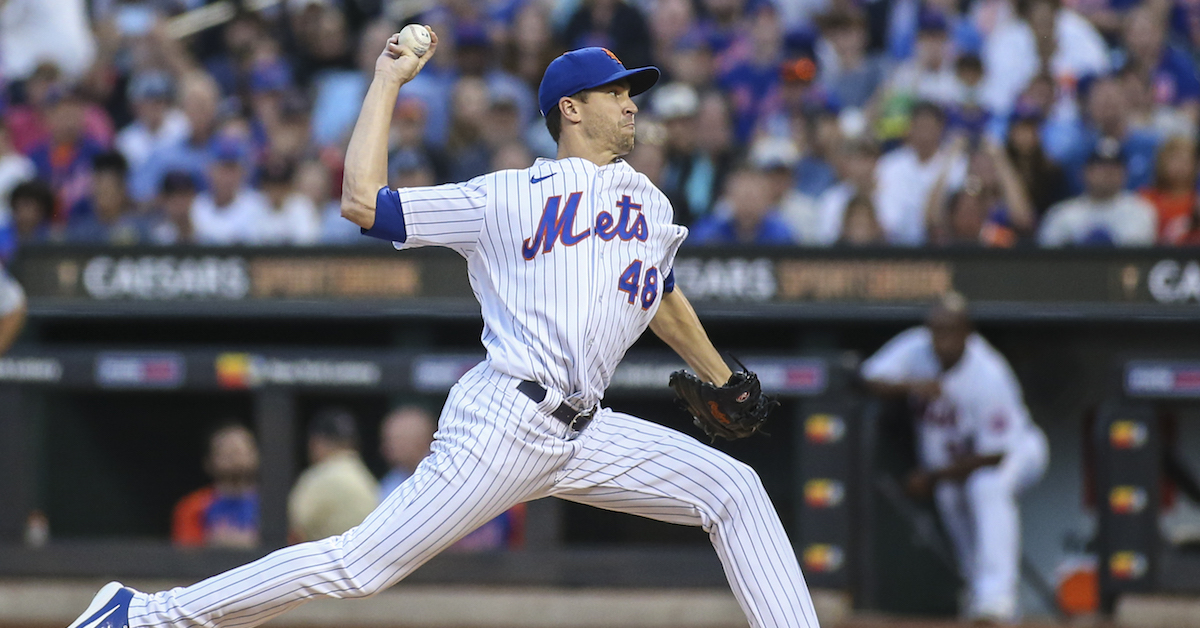The Mets and Cardinals Should Try Pitching Gambits

There isn’t a lot to ponder for most teams when it comes to Wild Card starters. The Padres should start their best three starters. So should the Phillies, Guardians, Blue Jays, Mariners, and Padres. That leaves the Rays, Mets, and Cardinals as teams that have decisions to make, at least in my estimation. The Rays — well, let’s just say that if the Rays called up a sentient ham sandwich to start in the playoffs, we analysts would dig into Ham Sandwichson’s minor league numbers and try to figure out what they saw. There’s no predicting Tampa Bay. That just leaves the Mets and Cardinals.
New York Mets
Wait, the Mets? They have Max Scherzer and Jacob deGrom, backed by Chris Bassitt and Carlos Carrasco. They’ve already announced Scherzer for the first game; can’t they just run out deGrom and then Bassitt (or Carrasco) in case of a deciding game? Sure, they could. But they should — and probably will — get fancy by holding deGrom back, something I expect them to do should they win the first game of the series.
This doesn’t sound like a good plan offhand. Leave the best starter on the planet behind Bassitt, a man whose fastball can best be described as “adequate,” in a game where you could end the series with a win? That sounds too cute by half for a franchise eternally stepping on rakes. Read the rest of this entry »









